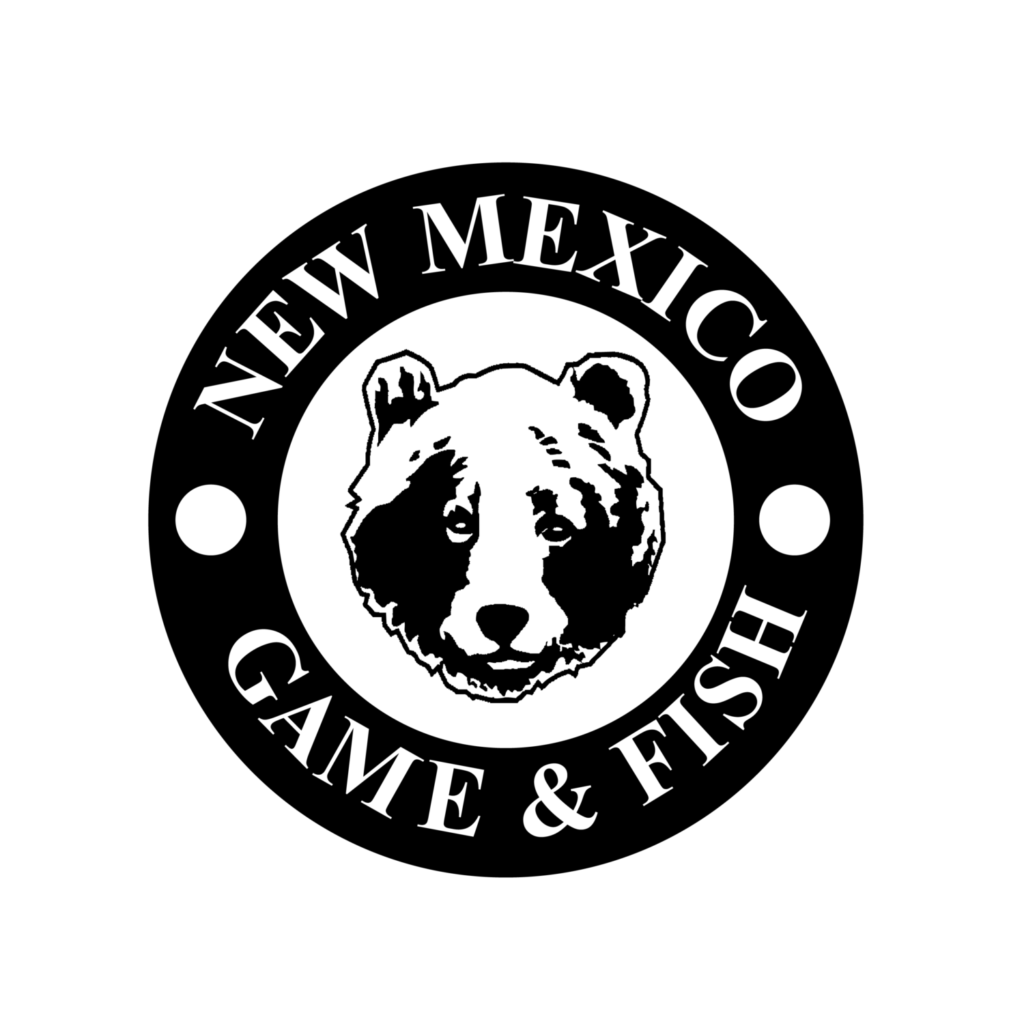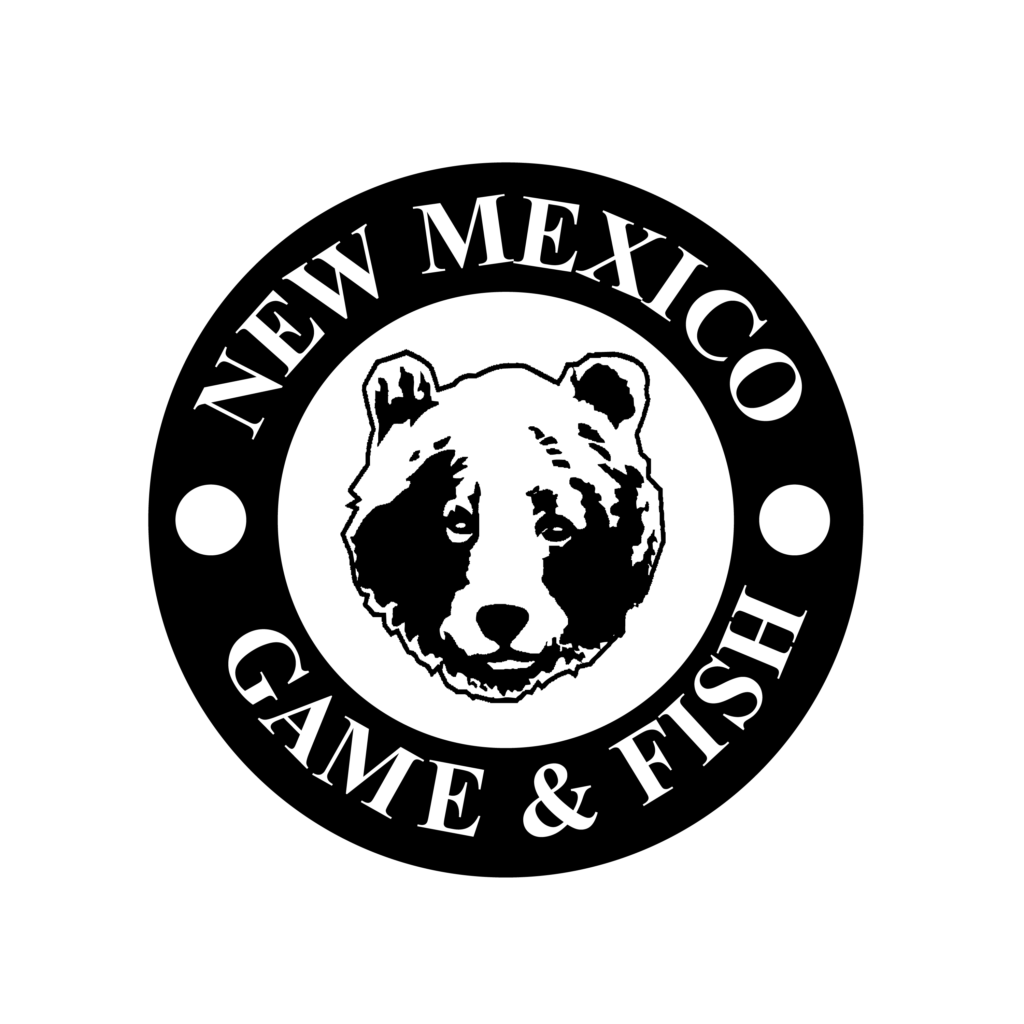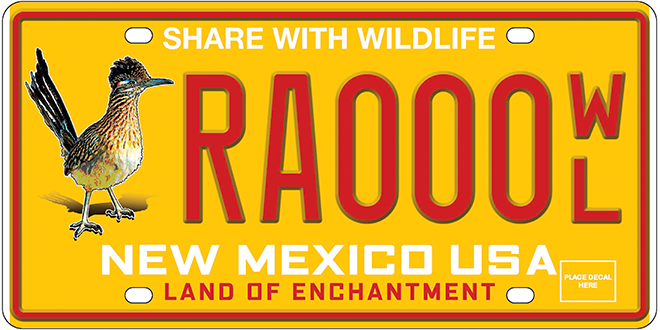Share with Wildlife
New: The list of Share with Wildlife projects that have been funded in 2025 is now available. See the Share with Wildlife Reports page.
New: Use the Wildlife Artwork form available from MVD or MVD’s MyMVD Online Service website to order a Share with Wildlife license plate. See the “Support” page for more information.


